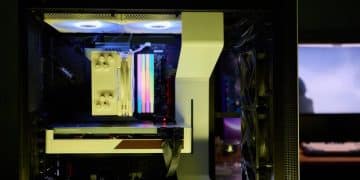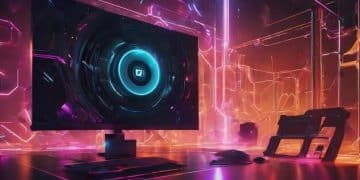DirectX 12 Ultimate: What PC Gamers Need to Know
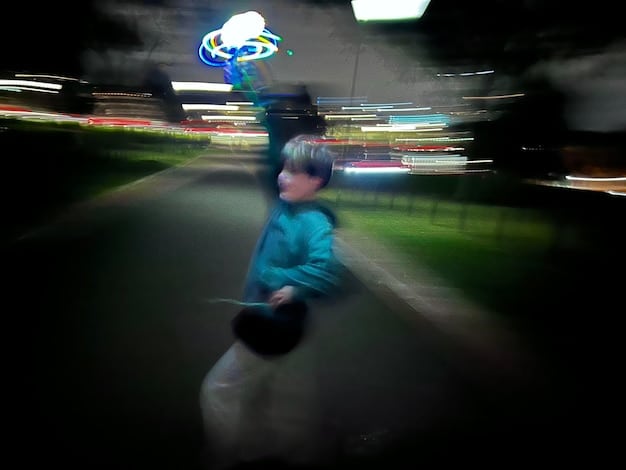
DirectX 12 Ultimate is the latest API from Microsoft, designed to enhance graphics performance and visual fidelity in PC games, offering features like ray tracing, variable rate shading, mesh shaders, and sampler feedback for a more immersive gaming experience.
Are you a PC gamer constantly seeking the edge in visual fidelity and performance? Then you should become familiar with the impact of new technologies, like DirectX 12 Ultimate features. This cutting-edge graphics API from Microsoft is designed to deliver unparalleled gaming experiences. Let’s explore what you might be missing.
Understanding DirectX 12 Ultimate
DirectX 12 Ultimate represents the pinnacle of Microsoft’s graphics API technology, offering a range of features designed to maximize the performance and visual quality of PC games. It aims to provide developers with the tools they need to create more immersive and visually stunning experiences.
What is an API?
An API, or Application Programming Interface, acts as an intermediary, allowing different software applications to communicate and interact with each other. In the context of gaming, DirectX 12 Ultimate serves as the bridge between the game and your PC’s graphics hardware.
Key Goals of DirectX 12 Ultimate
The primary goals are to improve efficiency, reduce CPU overhead, and enable advanced graphical features like ray tracing and variable rate shading. By optimizing these aspects, games can run smoother and look better.
Here are the key features of DirectX 12 Ultimate:
- Ray Tracing: Simulates realistic lighting and reflections.
- Variable Rate Shading (VRS): Focuses processing power on the most visually important parts of the screen.
- Mesh Shaders: Provides more flexibility and control over geometry processing.
- Sampler Feedback: Improves texture filtering and reduces memory usage.
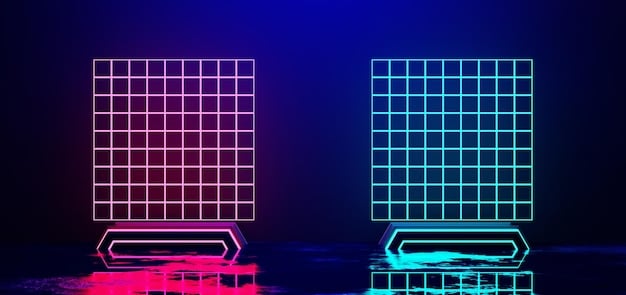
DirectX 12 Ultimate is essential for PC gamers who want to experience the latest and greatest visual technologies in their games. It represents a significant leap forward in graphics capabilities.
Ray Tracing: The Future of Lighting
Ray tracing is one of the most talked-about features of DirectX 12 Ultimate, and for good reason. It represents a significant advancement in how lighting and reflections are rendered in games, bringing a new level of realism to virtual worlds.
How Ray Tracing Works
Unlike traditional rasterization techniques, ray tracing simulates the way light behaves in the real world by tracing the path of light rays as they interact with objects in a scene. This results in more accurate and realistic lighting, shadows, and reflections.
Benefits of Ray Tracing
The benefits are numerous. Shadows become softer and more nuanced, reflections are more accurate and natural, and the overall visual quality of a game is significantly enhanced.
Ray tracing enhances gaming visuals in the following ways:
- Realistic lighting and shadows
- Accurate reflections and refractions
- Improved global illumination
To take full advantage of ray tracing, you’ll need a graphics card that supports it, such as an NVIDIA RTX or AMD Radeon RX 6000 series card. With the proper hardware, ray tracing can transform the visual experience of modern games.
Variable Rate Shading (VRS): Smarter Rendering
Variable Rate Shading (VRS) is another key feature of DirectX 12 Ultimate that optimizes rendering performance by intelligently allocating processing power. It allows developers to focus graphical resources where they matter most, improving overall performance without sacrificing visual quality.
Understanding VRS Technology
VRS works by varying the shading rate across different areas of the screen. Areas that are less visually important can be shaded at a lower rate, freeing up resources for more detailed areas.
Impact on Performance and Quality
The impact on performance can be significant, especially in graphically demanding games. By reducing the workload on the GPU, VRS can help maintain a smooth frame rate even in complex scenes.
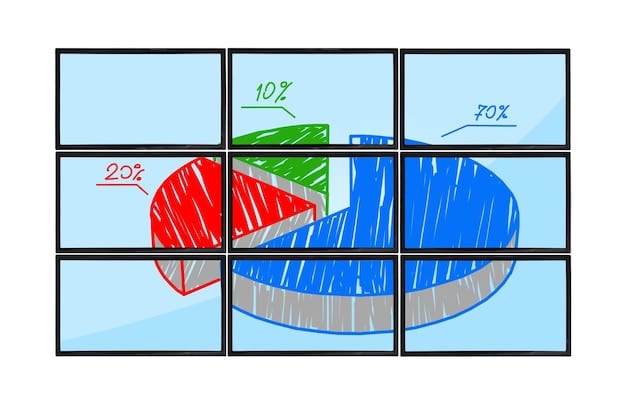
VRS uses different shading rates for different areas of the screen:
- Foveated Rendering: Focuses shading on the center of the screen.
- Content-Adaptive Shading: Adjusts shading based on the complexity of the scene.
- Motion-Adaptive Shading: Reduces shading in areas with fast motion.
Variable Rate Shading is a powerful tool for optimizing rendering performance and improving the overall gaming experience, ensuring games run smoothly while maintaining visual fidelity.
Mesh Shaders: Revolutionizing Geometry Processing
Mesh shaders represent a fundamental shift in how geometry is processed in modern games. They offer developers greater flexibility and control over the geometry pipeline, enabling more detailed and complex scenes with improved performance.
What are Mesh Shaders?
Mesh shaders replace the traditional input assembler, vertex shader, tessellation, and geometry shader stages with a more unified and programmable approach. This allows developers to create custom geometry processing pipelines tailored to the specific needs of their games.
Benefits of Mesh Shaders
By giving developers more control over geometry processing, mesh shaders can lead to improved performance, reduced CPU overhead, and the ability to create more detailed and complex scenes. They are particularly useful for rendering large numbers of small objects, such as foliage or particles.
Mesh shaders offer the following advantages:
- Increased flexibility in geometry processing
- Improved performance and reduced CPU overhead
- Ability to render more detailed and complex scenes
Mesh shaders are a powerful tool for pushing the boundaries of visual fidelity in games, enabling developers to create richer and more immersive worlds.
Sampler Feedback: Enhancing Texture Quality
Sampler Feedback is a feature of DirectX 12 Ultimate that improves texture filtering and reduces memory usage by providing more information about how textures are being sampled. This leads to sharper, more detailed textures with reduced aliasing and improved overall visual quality.
How Sampler Feedback Works
Sampler Feedback allows the GPU to track which textures are being sampled and how they are being sampled. This information can then be used to optimize texture filtering and reduce memory usage.
Advantages of Sampler Feedback
One key advantage is the ability to implement more advanced texture filtering techniques, such as anisotropic filtering, with less performance overhead. Sampler Feedback also enables the use of virtual texturing, which allows games to use much larger and more detailed textures without running out of memory.
Sampler Feedback improves these aspects of textures:
- Improved texture filtering
- Reduced memory usage
- Sharper, more detailed textures
Sampler Feedback is a valuable tool for enhancing texture quality and optimizing memory usage, resulting in a more visually appealing and performant gaming experience.
Hardware and Software Requirements
To take full advantage of DirectX 12 Ultimate features, it’s essential to ensure that your system meets the necessary hardware and software requirements. This includes having a compatible graphics card, an up-to-date operating system, and the latest drivers.
Compatible Graphics Cards
DirectX 12 Ultimate requires a graphics card that supports the feature level 12_2. This includes NVIDIA RTX series cards (such as the RTX 2000, 3000, and 4000 series) and AMD Radeon RX 6000 and 7000 series cards.
Operating System and Drivers
You’ll also need to be running Windows 10 version 2004 or later, or Windows 11. It’s crucial to keep your graphics drivers updated to the latest version to ensure optimal performance and compatibility.
Here’s what makes up compatibility:
- NVIDIA RTX series (2000, 3000, 4000 series)
- AMD Radeon RX 6000 and 7000 series
- Windows 10 version 2004 or later, or Windows 11
- Latest graphics drivers
By ensuring that your system meets these requirements, you can unlock the full potential of DirectX 12 Ultimate and enjoy the latest visual technologies in your games. Gamers need to keep upgrading to keep up with the most modern technology.
Future of PC Gaming with DirectX 12 Ultimate
DirectX 12 Ultimate is not just a set of features; it’s a glimpse into the future of PC gaming. As developers continue to adopt and optimize for DirectX 12 Ultimate, we can expect to see even more visually stunning and immersive gaming experiences in the years to come.
Evolving Game Development
As game development evolves, technologies like ray tracing, variable rate shading, mesh shaders, and sampler feedback will become increasingly commonplace. These features will enable developers to create more realistic, detailed, and performant games that push the boundaries of what’s possible on the PC platform.
Enhancing Gaming Experiences
Ultimately, DirectX 12 Ultimate is about enhancing the gaming experience. By providing developers with the tools they need to create better-looking and better-performing games, it helps to create more immersive and engaging virtual worlds for players to explore.
DirectX 12 Ultimate will shape the future of PC gaming by:
- Driving visual innovation
- Improving performance and efficiency
- Enabling more immersive gaming experiences
DirectX 12 Ultimate is set to transform PC gaming, offering gamers unprecedented levels of visual fidelity and performance. By embracing these new technologies, PC gamers can look forward to a future filled with more immersive and visually stunning gaming experiences.
| Key Feature | Brief Description |
|---|---|
| 💡 Ray Tracing | Simulates realistic lighting, shadows, and reflections for enhanced visual fidelity. |
| ⚙️ Variable Rate Shading (VRS) | Optimizes rendering performance by focusing processing power where it matters most. |
| 🌐 Mesh Shaders | Provides greater flexibility and control over geometry processing for more detailed scenes. |
| 🖼️ Sampler Feedback | Improves texture filtering and reduces memory usage, resulting in sharper textures. |
FAQ
▼
DirectX 12 Ultimate is Microsoft’s latest graphics API, designed to enhance the visual and performance capabilities of PC games through features like ray tracing and variable rate shading.
▼
You’ll typically need a graphics card such as an NVIDIA RTX series or AMD Radeon RX 6000/7000 series, along with Windows 10 (version 2004 or later) or Windows 11.
▼
Ray tracing simulates realistic lighting and reflections, creating more accurate shadows and light effects, which significantly enhances the overall visual quality of games.
▼
VRS optimizes GPU workload by varying the shading rate, focusing on the most visually important areas, which improves performance without greatly sacrificing visual quality.
▼
Yes, DirectX 12 Ultimate can improve performance by reducing CPU overhead and optimizing GPU usage, which can lead to smoother frame rates and better overall performance.
Conclusion
In conclusion, understanding and utilizing DirectX 12 Ultimate features unlock a new era of gaming experiences. By taking advantage of features like ray tracing and variable rate shading, PC gamers: Are You Missing Out on These New DirectX 12 Ultimate Features? they can enjoy enhanced visuals and smoother gameplay, provided they meet the necessary hardware and software requirements. As game development continues to evolve, DirectX 12 Ultimate will undoubtedly play a pivotal role in shaping the future of PC gaming.


